Search
Search Results
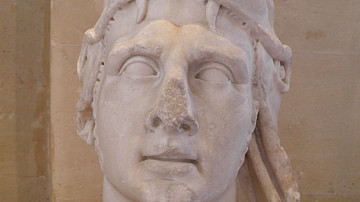
Definition
Mithridates VI
Mithridates VI (120-63 BCE, also known as Mithradates, Mithradates Eupator Dionysius, Mithridates the Great) was the king of Pontus (modern-day northeastern Turkey) who was regarded by his people as their savior from the oppression of Rome...

Definition
Justinian II
Justinian II “the Slit-nosed” ruled as emperor of the Byzantine Empire in two spells: from 685 to 695 CE and then again from 705 to 711 CE. It was after his first reign and prior to his exile that his nose was cut off by the usurper Leontios...
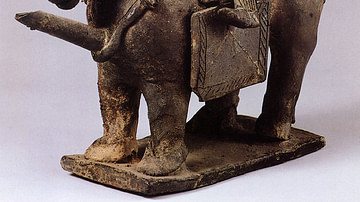
Article
The Horse-rider Theory in Ancient Japan
The 'horse-rider theory' is a controversial proposal that Japan was conquered around the 4th or 5th century CE by a culture from northern Asia to whom the horse was especially important. Although archaeological evidence and genetics point...
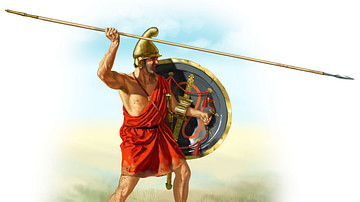
Definition
Hypaspist
The hypaspists or hypaspistai were a distinct type of infantry soldier who served as a vital part of the Macedonian armies of both Phillip II of Macedon (r. 359 BCE - 336 BCE) and his son and heir Alexander the Great (r. 336-323 BCE). The...

Article
Periplus of the Euxine Sea
The Periplus of the Euxine Sea (Circumnavigation of the Black Sea) is a description of trade routes along the shores of the Black Sea written by Arrian of Nicomedia (Lucius Flavius Arrianus), a historian and philosopher writing in the early...
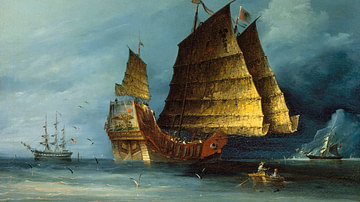
Collection
Ancient China: Geography, Economy & Trade
Ancient China was often connected to the rest of the world through trade, not only along the famous Silk Road but also via merchant ships that sailed the Indian Ocean, connecting East Asia to the Middle East, Europe, and Africa. Silk, paper...
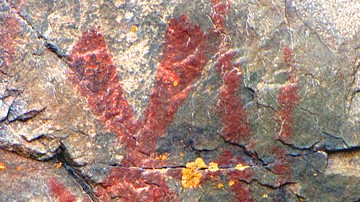
Article
Manabozho Tales
Manabozho tales are the stories of the trickster figure and culture hero of the Ojibwe (Ojibway/Chippewa) and other Algonquin Native American nations of present-day northern United States and southeast Canada. Manabozho is a supernatural...
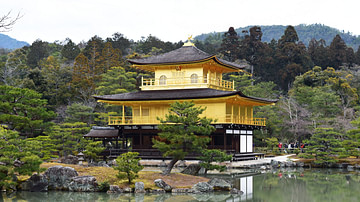
Article
Ancient History Encyclopedia in Japan
The “Ancient Japan” initiative at Ancient History Encyclopedia arose as there is a dearth of open access and digitally curated information concerning early Japanese history available online and in English. East and Southeast Asia are arguably...
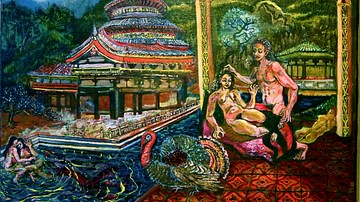
Definition
Xanadu - Kublai Khan's Fabled Capital
Xanadu (aka Shangdu, Shang-tu, and Kaiping) located in Inner Mongolia, northern China, was first the capital (1263-73) and then the summer capital (1274-1364) of the Mongol Empire. It came to prominence during the reign of Kublai Khan (r...
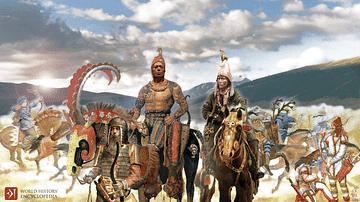
Definition
Scythians
The Scythians were a nomadic people whose culture flourished between the 7th and 3rd century BCE in a territory ranging from Thrace in the west, across the steppe of Central Asia, to the Altai Mountains of Mongolia in the east. This covers...